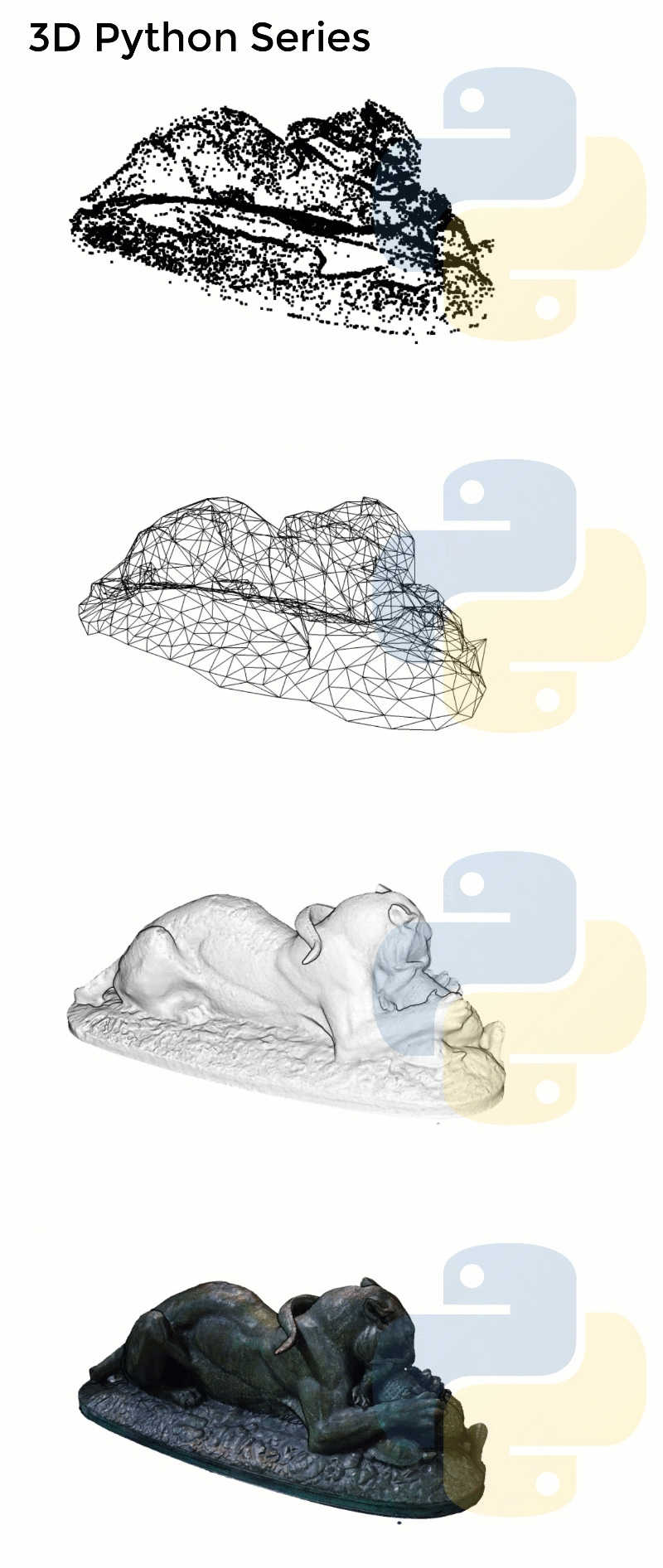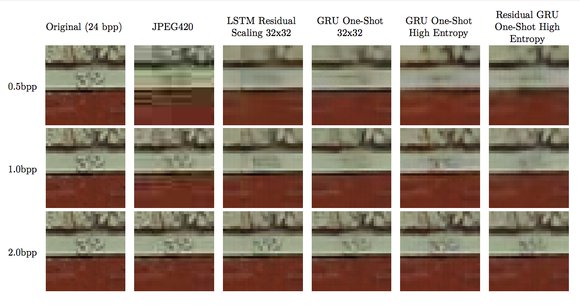BREAKING NEWS
LATEST POSTS
-
Scans Factory – Unreal 5.4 demo – Rome Walkthrough
-
PlanCraft – An assumptions based project schedule generator
https://www.hasielhassan.com/PlanCraft/#about
It helps you create and Open Schedule Format (OSF) JSON file for your projects.
-
Elon Musk finally admits Tesla’s HW3 might not support full self-driving
The CEO said when asked about Tesla achieving its promised unsupervised self-driving on HW3 vehicles:
We are not 100% sure. HW4 has several times the capability of HW3. It’s easier to get things to work on HW4 and it takes a lot of efforts to squeeze that into HW3. There is some chance that HW3 does not achieve the safety level that allows for unsupervised FSD.
-
NoPoSplat – Surprisingly Simple 3D Gaussian Splats from Sparse Unposed Images
A feed-forward model capable of reconstructing 3D scenes parameterized by 3D Gaussians from unposed sparse multi-view images.
-
Apple reaches deal to acquire Pixelmator
https://9to5mac.com/2024/11/01/apple-reaches-deal-to-acquire-pixelmator
Pixelmator has signed an agreement to be acquired by Apple, subject to regulatory approval. There will be no material changes to the Pixelmator Pro, Pixelmator for iOS, and Photomator apps at this time.
https://www.pixelmator.com/pro/
-
Linus Torvalds on GenAI
Linus Torvalds, the creator and maintainer of the Linux kernel, talks modern developments.
-
Niantic SPZ – open source, compressed gaussian splats file format
https://scaniverse.com/news/spz-gaussian-splat-open-source-file-format
https://github.com/nianticlabs/spz
• Slashes file sizes by 90% (250MB → 25MB) with virtually zero quality loss
• Lightning-fast uploads/downloads, especially on mobile
• Dramatically reduced memory footprint
• Enables real-time processing right on your phoneTech breakthrough:
• Smart compression of position, rotation, color & scale data
• Column-based organization for maximum efficiency
• Innovative fixed-point quantization & log encodinghttps://www.8thwall.com/products/niantic-studio
FEATURED POSTS
-
What Is The Resolution and view coverage Of The human Eye. And what distance is TV at best?
https://www.discovery.com/science/mexapixels-in-human-eye
About 576 megapixels for the entire field of view.
Consider a view in front of you that is 90 degrees by 90 degrees, like looking through an open window at a scene. The number of pixels would be:
90 degrees * 60 arc-minutes/degree * 1/0.3 * 90 * 60 * 1/0.3 = 324,000,000 pixels (324 megapixels).At any one moment, you actually do not perceive that many pixels, but your eye moves around the scene to see all the detail you want. But the human eye really sees a larger field of view, close to 180 degrees. Let’s be conservative and use 120 degrees for the field of view. Then we would see:
120 * 120 * 60 * 60 / (0.3 * 0.3) = 576 megapixels.
Or.
7 megapixels for the 2 degree focus arc… + 1 megapixel for the rest.
https://clarkvision.com/articles/eye-resolution.html
Details in the post
-
Photography basics: Production Rendering Resolution Charts
https://www.urtech.ca/2019/04/solved-complete-list-of-screen-resolution-names-sizes-and-aspect-ratios/
Resolution – Aspect Ratio 4:03 16:09 16:10 3:02 5:03 5:04 CGA 320 x 200 QVGA 320 x 240 VGA (SD, Standard Definition) 640 x 480 NTSC 720 x 480 WVGA 854 x 450 WVGA 800 x 480 PAL 768 x 576 SVGA 800 x 600 XGA 1024 x 768 not named 1152 x 768 HD 720 (720P, High Definition) 1280 x 720 WXGA 1280 x 800 WXGA 1280 x 768 SXGA 1280 x 1024 not named (768P, HD, High Definition) 1366 x 768 not named 1440 x 960 SXGA+ 1400 x 1050 WSXGA 1680 x 1050 UXGA (2MP) 1600 x 1200 HD1080 (1080P, Full HD) 1920 x 1080 WUXGA 1920 x 1200 2K 2048 x (any) QWXGA 2048 x 1152 QXGA (3MP) 2048 x 1536 WQXGA 2560 x 1600 QHD (Quad HD) 2560 x 1440 QSXGA (5MP) 2560 x 2048 4K UHD (4K, Ultra HD, Ultra-High Definition) 3840 x 2160 QUXGA+ 3840 x 2400 IMAX 3D 4096 x 3072 8K UHD (8K, 8K Ultra HD, UHDTV) 7680 x 4320 10K (10240×4320, 10K HD) 10240 x (any) 16K (Quad UHD, 16K UHD, 8640P) 15360 x 8640
















































































